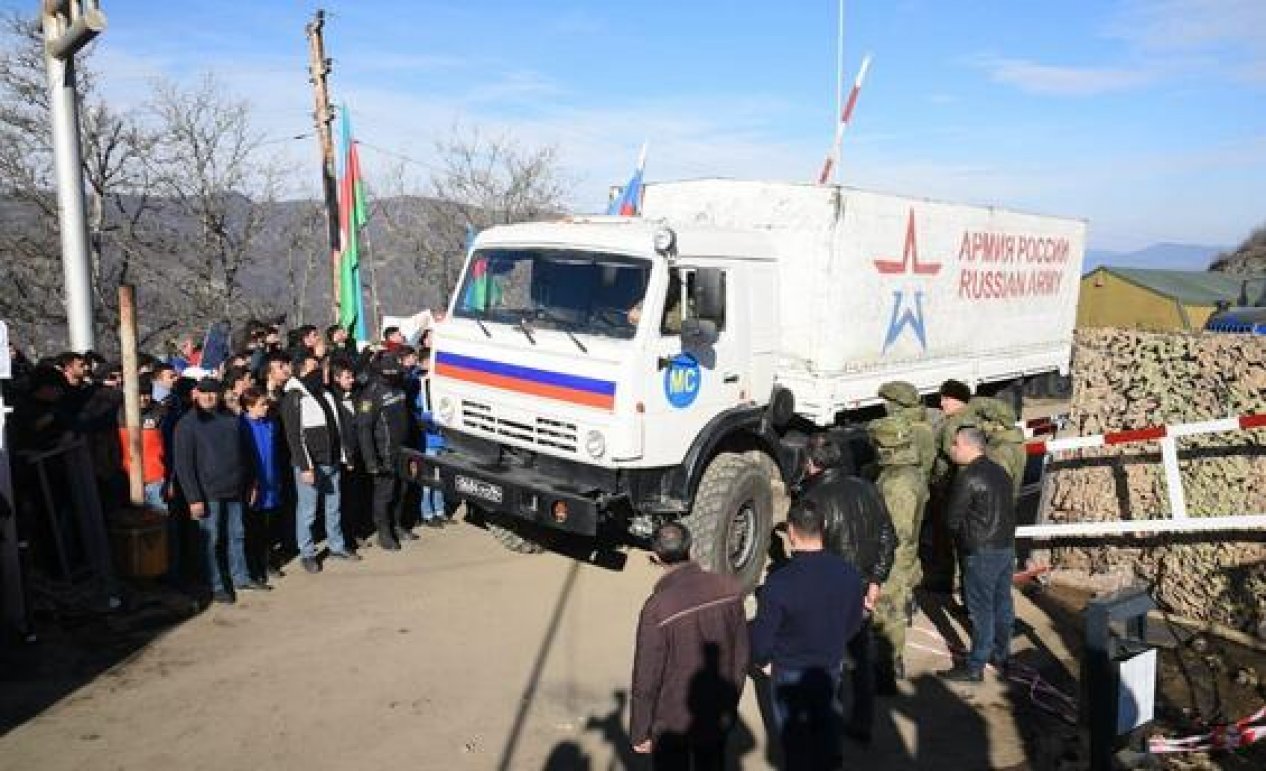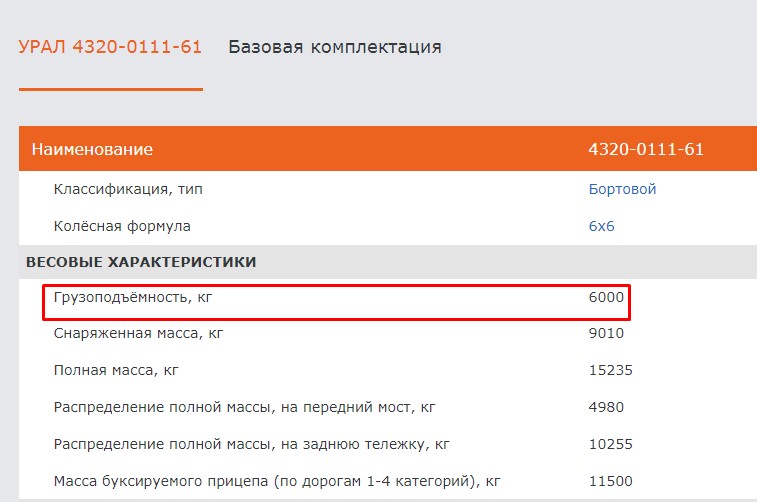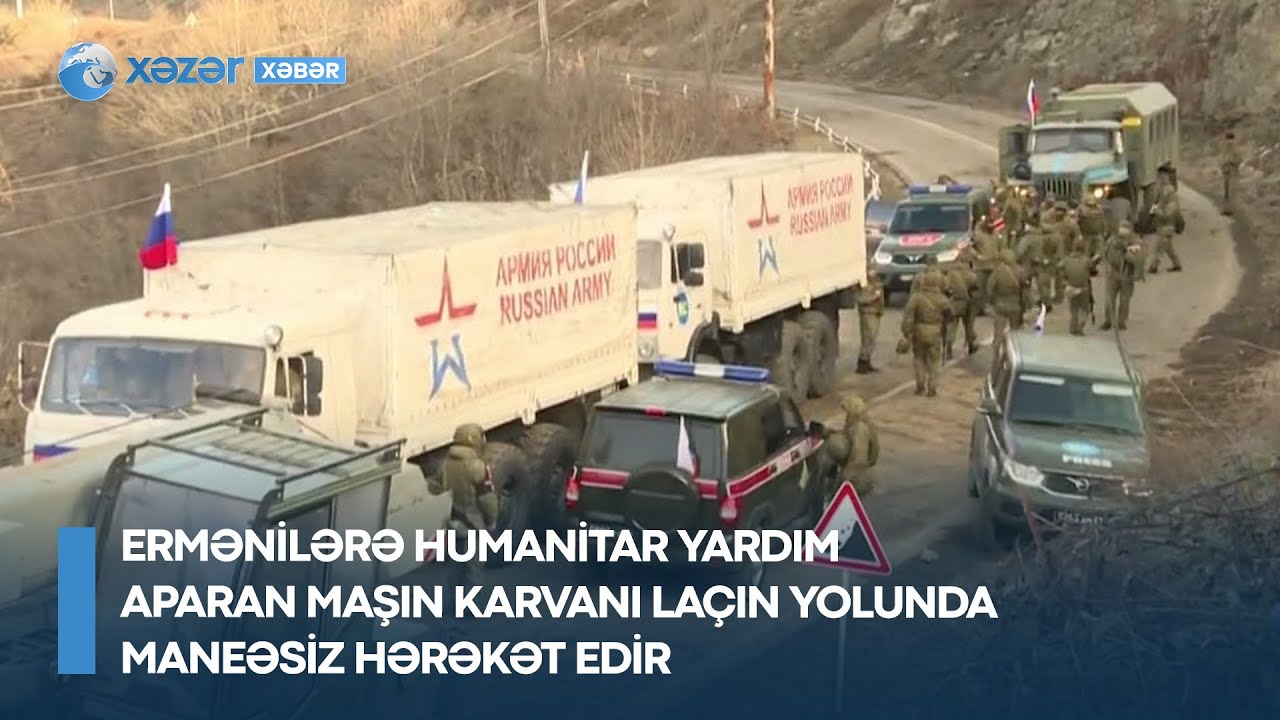
As the protest rally of Azerbaijani eco-activists on the Lachin-Khankandi road did not hinder the movement of vehicles moving through this corridor, including food, medicine and other products brought to Khankandi by trucks from the territory of Armenia, the necessary amount of food and other vital goods and equipment continue to be transported to the region.
According to the information obtained by caliber.az, 370 vehicles of different purposes passed unimpeded from December 12, 2022 to January 5, 2023 on both directions of the road where this rally was held (Lachin-Khankandi road). Of them, 330 were vehicles belonging to the Russian peacekeeping contingent, 31 were ambulances belonging to the International Committee of the Red Cross, and 3 belonged to local Armenian residents.
Leaving aside the cars belonging to the ICRC and local Armenian residents, let's try to determine the amount of food that was transported to the region based on the goods carried by 330 vehicles of peacekeepers and other cars.
First, let's pay attention to the number and volume of transportation by vehicles belonging to Russian peacekeepers.
From December 12 to January 5, 40 "KAMAZ" and 15 "URAL" trucks belonging to the Russian peacekeeping contingent passed to Khankandi with their cargo fully loaded. During the inspection of the trucks, it was determined that the majority of the transported food products were rice, canned meat, pasta, flour, potatoes, onions, chicken meat, vegetables, cabbage, sugar and coffee.
It is known that most of the trucks in the contingent of Russian peacekeepers are "KAMAZ-5350" trucks. The carrying capacity of one of them is equal to 8 tons. source1 source2


At the same time, the carrying capacity of "URAL4320" vehicles of the "URAL" cars in the car park of the peacekeepers is 6 tons. source
Thus, Russian peacekeepers transported 320 tons with 40 "Kamaz" (40*8=320), 90 tons with "URAl" vehicles (15*6=90), and together 410 tons of cargo.
It is reported that one-month food requirement of 2,000 peacekeepers’ contingent is only 130 tons. By dividing 130 tons by the number of personnel, a daily ration of 2.2 kg of food per person is obtained by mathematical calculations. That norm is the food reserve calculated on the basis of the maximum food norms. That is, 2 times more food reserves than the norm included in the consumption basket of one person in the world. That is, if we take into account the numbers, about 4 tons of rice, 3 tons of pasta, 1.5 tons of canned meat, 4 tons of buckwheat, 1 ton of flour, 10 tons of cabbage, 5 tons of onions, 30 tons of potatoes, etc. are the main products used in this food ration. If we include fruits and vegetables, drinks, it can be 50 tons in the highest case. The volume of food cargo of 55 trucks of peacekeepers is 410 tons. In other words, 6-7 times more food was transported. This justifies that these food products were transported to Khankandi and surrounding areas. However, the peacekeepers did not transport this amount of food to Khankandi with this number of cars in October and November. That means, in addition to their own needs, the peacekeepers brought food for at least 15,000-20,000 people in the last month.

Now let's try to determine the food supply based on the volume of transportation of other 330 different purpose vehicles. Even if these vehicles are passenger cars, they have the capacity to carry at least 700 kg of cargo in the trunk, top trunk and rear seat. Even "Ford", "Gazelle" and others are among them. If we take into account large cars, the average load capacity of a car is 1,500 kg (1.5 tons). Let's take the lowest figure, about 200 of the 330 vehicles can carry 700 kg and the remaining 130 vehicles carry 1,500 kg. Together, the average figure (200*700 kg = 140 tons +130*1500 kg=195 tons) equals 335 tons.
230 tons of food means a normal food supply for at least 15,000 people in a month.
Thus, 410 tons were brought by Russian peacekeepers in 55 vehicles and 740 tons of food transported by other 330 vehicles. After removing 50-60 tons of that food for the needs of the peacekeepers, the remaining 680 tons of food products can meet the needs of Armenians in Khankandi and the surrounding area for at least 20 days. We repeat once again, these figures are intended for 15,000-20,000 people.
Let's look at other facts.
Ruben Vardanyan told the British media that the patients in Khankandi are being transported to Armenia normally with the help of the ICRC, and at the same time food is being bought from Russian peacekeepers. Quote: “We have some grain, some meat and some milk. There are no other things."
Besides, David Ananyan, the head of Shen community of Aghdara district, said some time ago that there is no fruit, but there is no problem with potatoes.
The head of the Armenian community of Khojaly, Boris Kahramanyan, told the Armenian media that there is no shortage of bread even though the counters in the shops are half-empty. source
Based on the above three statements, it is safe to conclude that there are grains, bread, potatoes, meat and milk resources in the region. If we add here 680 tons of food goods transported in the last month, a large food depot has been created. All these circumstances belie the claims that Armenians are facing starvation.
Thus, there is no problem in providing the goods, food, medicine, etc. in Khankandi and other residential areas inhabited by Armenians.
The opinions of Armenians and their "leaders" Vardanyan, such as "we have been under blockade for twenty-four days", "food reserves have run out", "hunger prevails" are lies and are examples of another show to confuse the international community.
The most important thing is the discovery of the next disproving fact about the number of Armenians living in the Karabakh economic region. If you noticed, the food supply carried by the peacekeepers is intended for only 15,000-20,000 people, not 120,000 people. In other words, the lie of Armenians "120,000 people are under blockade" was once again refuted by themselves.
P.S. In our next article, a study will be presented about the food resources and economic conditions of Armenians living in the Karabakh economic region of Azerbaijan. We have discovered very serious facts.




















